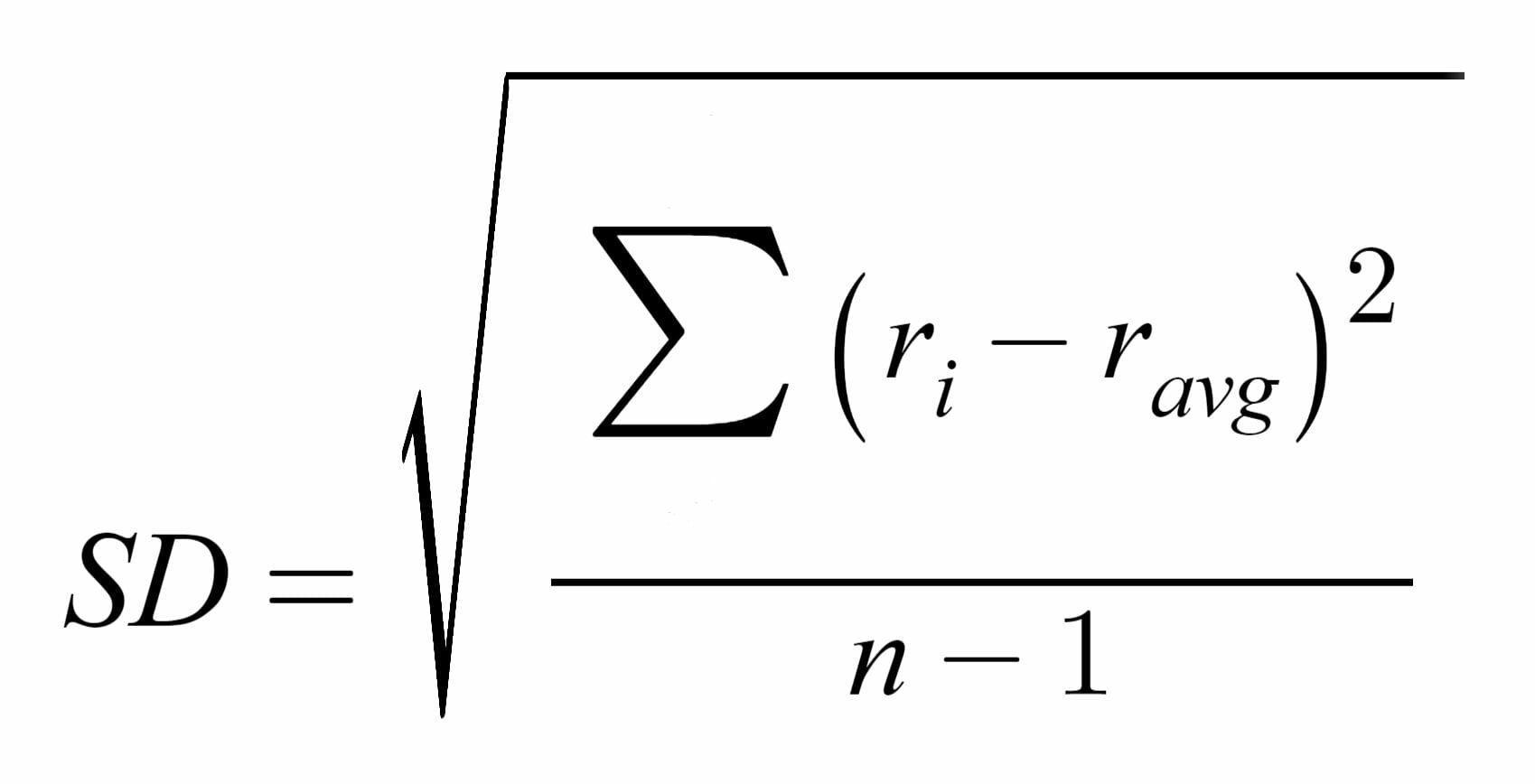A customer checks out the biller's site. After client authentication (user name and password), the biller's Web server presents the billing info. The consumer reviews the expense. When the customer schedules a payment, your website gathers the payment information, and using Payflow, firmly sends it to Pay, Buddy for processing on the date defined by the https://myleswuor430.wordpress.com/2021/07/09/what-does-mm-mean-in-finance-can-be-fun-for-everyone/ client. Pay, Buddy prepares the ACH payment information and provides it for ACH submission to the stemming depository monetary organization (ODFI) by electronic transmission over a safe connection. The ACH payments are submitted to the ODFI on the customer-specified payment date. The ODFI processes the ACH payment info and electronically provides the information to the ACH network operator (Federal Reserve).
The Federal Reserve credits the ODFI's savings account on settlement day for the worth of all ACH debits transferred, and debits the RDFI's bank account for the value of ACH items received. Pay, Friend then initiates a secondary deal to move the cash into your (biller's) bank account. The client's periodic bank declarations show ACH payments (Which of the following can be described as involving direct finance?). Merchants are informed of ACH payments on their bank declarations. Merchants utilize Pay, Friend Manager to see status and reports on previously submitted payments. If a client debit leads to a return for inadequate funds, closed savings account, or other error condition, then Pay, Buddy debits your checking account for the amount of the return.
Before submitting an ACH payment, you need to first obtain permission from the customer to debit their savings account for the quantity due. For comprehensive details, refer to Summary of Permission Requirements. Unlike the charge card network, the ACH network is not able to provide actual time permission of funds. The Payflow ACH Payment service therefore responds at first to an ACH payment by checking the format and other particular ACH details and returning an authorized result. The status of a payment changes throughout the lifecycle of the payment and happens when Pay, Friend settles the payment with the ODFI and again if either a Return or an Alert of Change is gotten.
Payment sent Thursday after 7 PM are not sent out for settlement until Sunday at 7 PM. If Monday is a banking vacation, then payments are sent out for settlement on Monday at 7 PM. If a payment is unsuccessful (for factors such as a bad checking account number, inadequate funds, a dispute, and so on), Pay, Buddy gets a return from the ACH network - normally within 2-4 business days of payment submission - What is a future in finance. For Business-to-Business deals, a business has two dreams timeshare days to challenge a charge. For Business-to-Consumer, the customer can dispute a charge up to 60 days after the payment was processed.

Electronic payments or ACH are a simple method to move and receive funds. You likely utilize ACH transfers everyday and do not realize it. ACH deals simplified our lives, making transferring funds more secure, quicker, and much easier. However what does ACH mean? In this post, we cover what ACH represents, how it's utilized, and examples of ACH transactions so you can understand the process of making money or paying bills electronically. ACH is the electronic processing of financial transactions. You've most likely used it many times in your life. For instance, if you've gotten payment via Direct Deposit or you've allowed a creditor to debit your account for your regular monthly payment immediately, you have actually used ACH.
Discussions in between a group of California lenders and the American Bank Association began at this time when both entities understood the current system (paper checks) wasn't possible long term. They understood it would overload the system and delay payment processing. By 1972, ACH was formed in California. In simply a couple of brief years, more regional operations popped up, which triggered the development of NACHA. This organization supervises ACH but doesn't run it - that depends on the Federal Reserve and The Cleaning House (What is a cd in finance). Quickly after the formation, Direct Deposit started. The U.S Flying Force and the Helpful site Social Security Administration were the first two entities to utilize it.